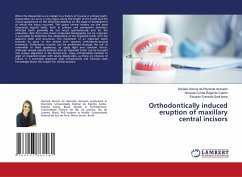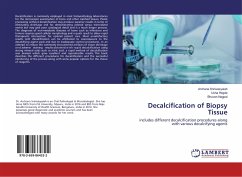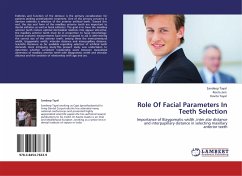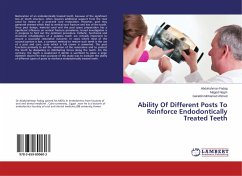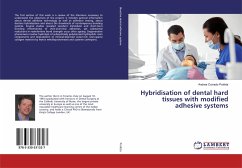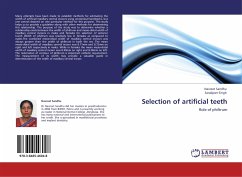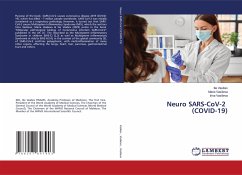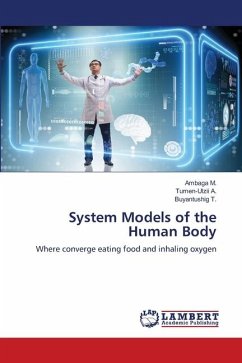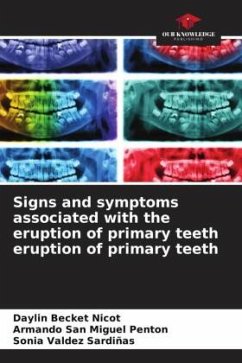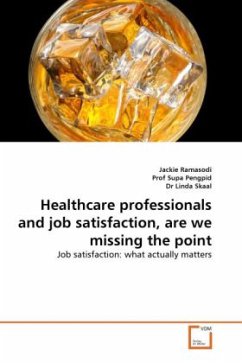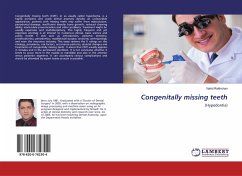
Congenitally missing teeth
(Hypodontia)
Versandkostenfrei!
Versandfertig in 6-10 Tagen
36,99 €
inkl. MwSt.

PAYBACK Punkte
18 °P sammeln!
Congenitally missing teeth (CMT), or as usually called hypodontia, is a highly prevalent and costly dental anomaly. Besides an unfavorable appearance, patients with missing teeth may suffer from malocclusion, periodontal damage, insufficient alveolar bone growth, reduced chewing ability, inarticulate pronunciation and other problems. Treatment might be usually expensive and multidisciplinary. This highly frequent and yet expensive anomaly is of interest to numerous clinical, basic science and public health fi elds such as orthodontics, pediatric dentistry, prosthodontics, periodontics, maxillo...
Congenitally missing teeth (CMT), or as usually called hypodontia, is a highly prevalent and costly dental anomaly. Besides an unfavorable appearance, patients with missing teeth may suffer from malocclusion, periodontal damage, insufficient alveolar bone growth, reduced chewing ability, inarticulate pronunciation and other problems. Treatment might be usually expensive and multidisciplinary. This highly frequent and yet expensive anomaly is of interest to numerous clinical, basic science and public health fi elds such as orthodontics, pediatric dentistry, prosthodontics, periodontics, maxillofacial surgery, anatomy, anthropology and even the insurance industry. This essay reviews the fi ndings on the etiology, prevalence, risk factors, occurrence patterns, skeletal changes and treatments of congenitally missing teeth. It seems that CMT usually appears in females and in the permanent dentition. It is not conclusive whether it tends to occur more in the maxilla or mandible and also in the anterior versus posterior segments. It can accompany various complications and should be attended by expert teams as soon as possible.



